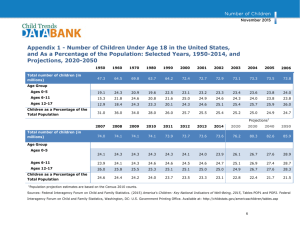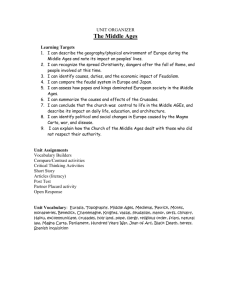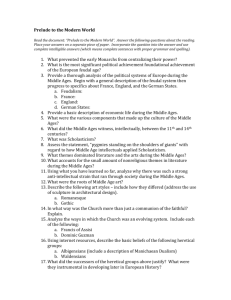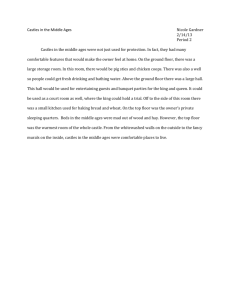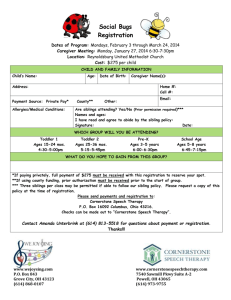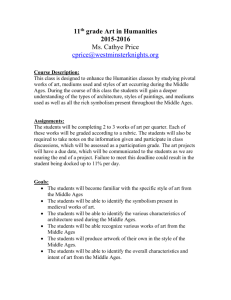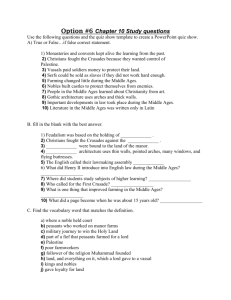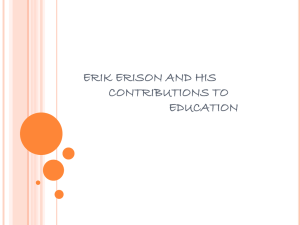Stage 1 “Infancy” Ages 0-1.5 Trust vs. mistrust Hope In this stage
advertisement
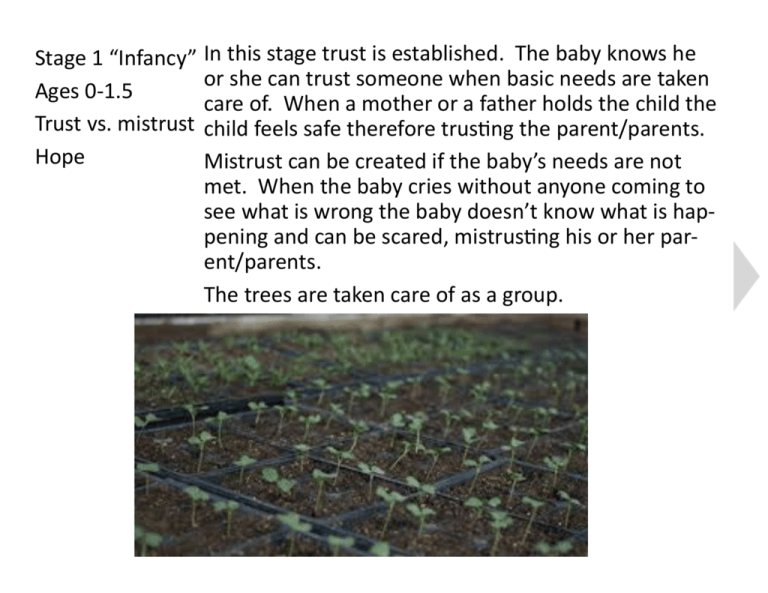
Stage 1 “Infancy” In this stage trust is established. The baby knows he or she can trust someone when basic needs are taken Ages 0-1.5 care of. When a mother or a father holds the child the Trust vs. mistrust child feels safe therefore trusting the parent/parents. Hope Mistrust can be created if the baby’s needs are not met. When the baby cries without anyone coming to see what is wrong the baby doesn’t know what is happening and can be scared, mistrusting his or her parent/parents. The trees are taken care of as a group. Stage 2 “Early Childhood” At this stage the child learns what he or she does that has benefits, good feelings, and Ages 1.5-3 non-benefits, bad feelings. Feelings of autonAutonomy vs. shame omy are created when the child’s parents are Will happy for the child for doing something well. Shame is felt when the parent’s attitude isn’t too well. Toilet training is something that can cause both of these emotions. Shame when they don’t use the toilet when they are supposed to. Autonomy when they do use the toilet. The tree grows separately now. Stage 3 “Play Age” Stage three consists the learning of being individual. Learning to go out and do something on their own. Ages 3-5 Socializing with other children at the park or leaving Initiative vs. guilt the room to go play somewhere else takes initiative. Purpose Being hesitant about leaving or doing something the child is not supposed to do can cause guilt. The child is not yet sure when and where he or she is allowed to go. The tree grows larger. Stage 4 “School Age” Ages 5-12 Industry vs. inferiority Competency This stage the child learns a new system. Leaving home and going to a school to learn can cause different emotions from different children. If the child is okay with the system of school and understands what school is for the child knows industry. Sometimes children do not want to leave home to go to school, causing inferiority. Going to school throws off their usual system and this can take some times. The tree has different purposes Stage 5 “Adolescence” Ages 12-18 Ego identity vs. role confusion Fidelity Teens develops a sense of self. This stage the teenager finds out who they are. Figuring out what he or she wants to do with their life and who they are as a person. This stage is all about growing up and moving on, figuratively and literally. Success and failure build you up or take you down as a person. Learning how to adapt with failure makes the teen know who they are more. The tree is beautiful and young. Stage 6 “Young Adult” Ages 18-40 Intimacy vs. isolation Love Growing relationships with other people and finding love leans towards intimacy. Where staying single and not wanting to socialize leads to isolation. Relationships build more because the people that fall in this category have established who they are and who others may be. More social and loving means stronger relationships with others. The tree lays down seeds. Stage 7 “Adulthood” Ages 40-65 Generatively vs. stagnation Care At this stage parenthood and work are important. Financially covered with a home. The adults in this group can easily take care of themselves and others. Having all of what they need and a lot of what they want means generatively. When someone allows failure to control their life then they feel stagnation, which means they are pretty much stuck. This tree is grown really big and strong. Stage 8 “Maturity” Ages 65+ Ego integrity vs. despair Wisdom This is the final stage. This stage is close to death. Having ego integrity is dealing with death well. Once a person is older and they feel like their life is complete they will give other people wisdom that they have. Having no regrets and accepting the end of their existence. People who are in the despair portion of this stage have yet to accept death and live out the rest of their life well. The tree on the right is old and dying.

